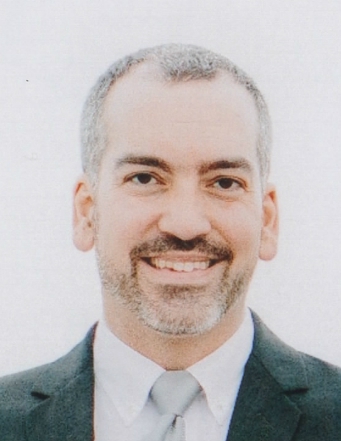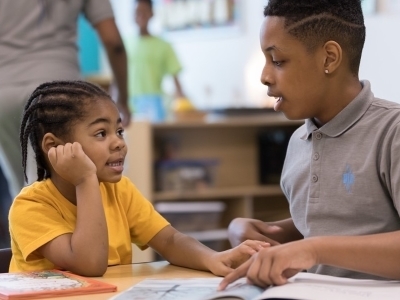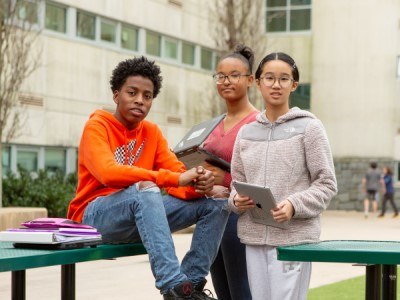Reimagining Grantmaking as Collective Learning
Topics
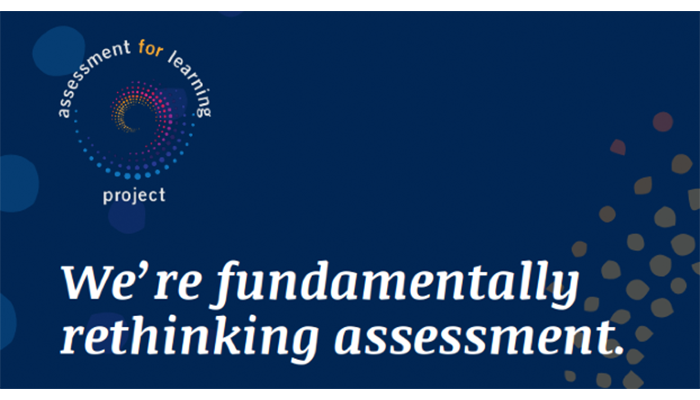
Educators are rethinking the purposes, forms, and nature of assessment. Beyond testing mastery of traditional content knowledge—an essential task, but not nearly sufficient—educators are designing assessment for learning as an integral part of the learning process.
Too often, K-12 education falls victim to "solutionitis." The Assessment for Learning Project is protecting against that with a learning agenda and self-reflection on what the field really needs when it comes to assessment practice.
Two weeks ago, my NGLC colleagues and I found ourselves in a windowless basement room behind a locked door, with no idea how to escape, and exactly one hour to figure it out. No, it wasn’t a next generation assessment of collaborative problem solving (though maybe it should be?). It was a team-building exercise of the Escape the Room variety, in which we had one hour to solve a series of clues that would lead us to a key hidden somewhere in the room.
The hour passed, and the door was still locked. We did not escape the room. It brought to mind a quote attributed to Albert Einstein that I first heard at the kickoff meeting for the Fairfax County ALP Project: If I had an hour to solve a problem, I'd spend 55 minutes thinking about the problem and 5 minutes thinking about solutions. This is an important tenet of Improvement Science, which holds that in rushing to solve a problem, all too often we fail to truly understand the problem itself. The result is the dreaded “solutionitis.”
In our haste to find the hidden key, had we fallen victim to solutionitis? If we did, we wouldn’t be the first. As Bryk & Yeager write,
Over and over again, change efforts move rapidly across education, with little real knowledge as to how to effect the improvements envisioned by reform advocates (or even whether those improvements are possible).
This conundrum—the urgency of providing improved learning opportunities for all children, balanced against the vexing complexity of actually doing so—has been a central consideration in the design of the initiative that is Next Generation Learning Challenges.
So how do we at NGLC avoid solutionitis? Trick question! We don’t have the solution. But over the past five years of grantmaking, we’ve learned a lot, and we’ve come to appreciate that the most important thing we can do is to keep learning. The reality is that the challenges educators face as they reimagine schooling are not only wickedly complex, they’re also constantly changing. Every step forward unlocks new dimensions of the challenge, and unless our learning keeps pace, our strategies will quickly cease to be relevant.
That means not just personal openness to learning among staff; it means deliberate prioritizing of learning in the design of the work. With our partners at the Center for Innovation in Education and 2Revolutions, to name one example, the Assessment for Learning Project has tried to build this commitment to learning into the DNA of the initiative. When it comes to reporting, we’ve shifted the emphasis from summative end-of-grant reports to formative presentations of learning over the course of the project. The ALP project teams have created individual learning plans that specify key milestones for reflection, and they can choose any format for these reflections, as long as the learning is authentic and we’re able to capture it to share with the field.
In our efforts to “walk the talk,” the ALP partners recently completed our own reflection, following a major milestone—the first grantee convening. The ALP Milestone Report captures our most important learnings, from the early iterations of the Request for Learning and the grantee selection process to our emerging community of practice. It is the first of several reflections that, we hope, will push our own thinking and spark ideas among our peers.
Here are my top three takeaways from this reflection and three more questions that will guide our learning moving forward:
Top Three Takeaways
1. If we reimagine grantmaking as a launching point for learning rather than an evaluative endpoint, then the grantmaking process becomes a forum for diverse opinions to grapple with the direction the field should take. This is a messier process but ultimately a more powerful one.
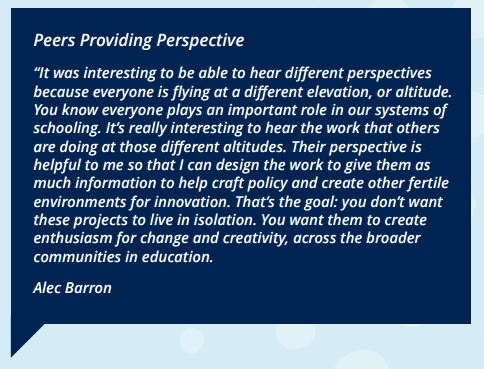
2. The selection process is an opportunity to emphasize depth and breadth of field-wide learning over discrete, disconnected outcomes. To do so, it is important to use a ‘portfolio mindset’ for evaluating proposals based on shared learning goals instead of a simple rating and ranking system.
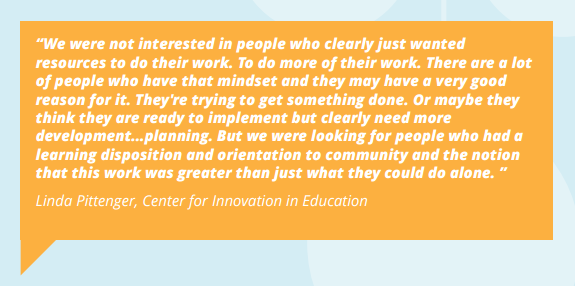
3. Attracting proposals built upon deep, dynamic learning requires an eye for true inquiry. It demands a willingness to risk learning alongside grantees rather than a more transactional funding relationship based on fixed outcomes.
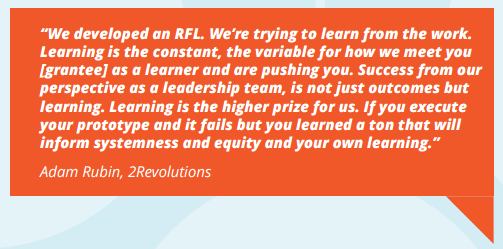
Questions to Guide Our Learning
- How can we best nourish the ALP grantees’ commitment to learning as they get into the weeds of implementation?
- Will connections between grantees continue to serve as useful provocations for learning or will the tendency to isolate prevail?
- How will the learning across ALP extend beyond the local contexts of each project to systems and initiatives that are not being directly funded?
Check out the full report! And in the spirit of continuous learning, if you have suggestions to make, or are a grantmaker or grantee with relevant ideas or experiences to throw into this mix, please contact me directly.

